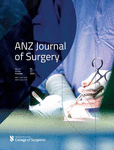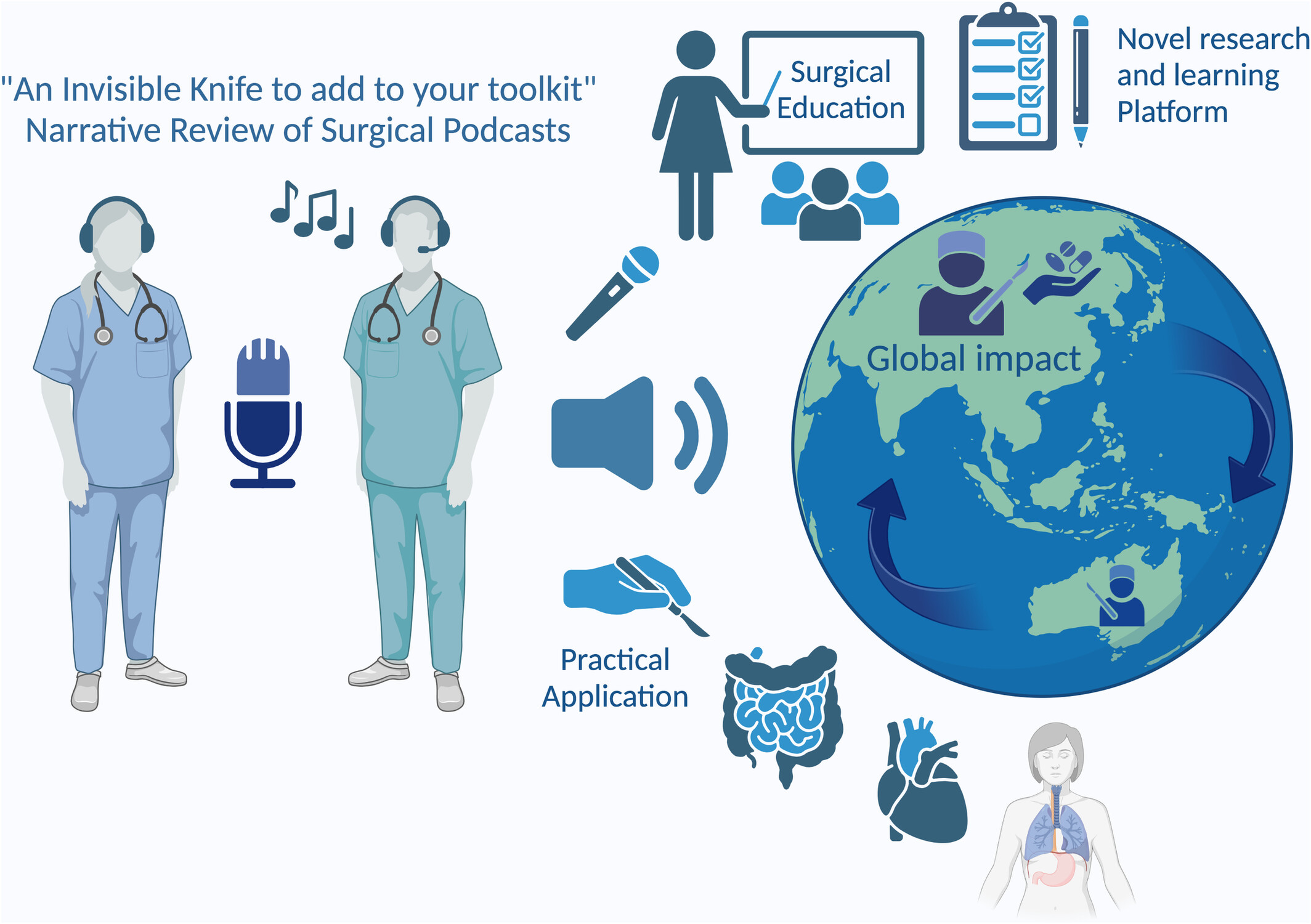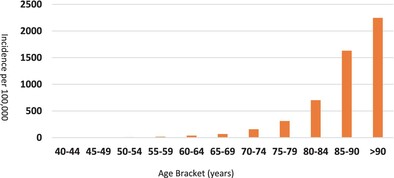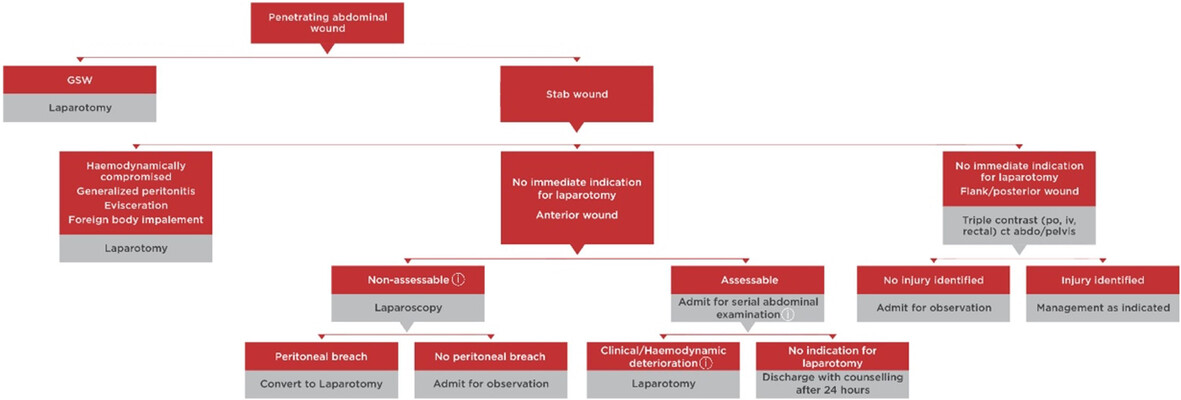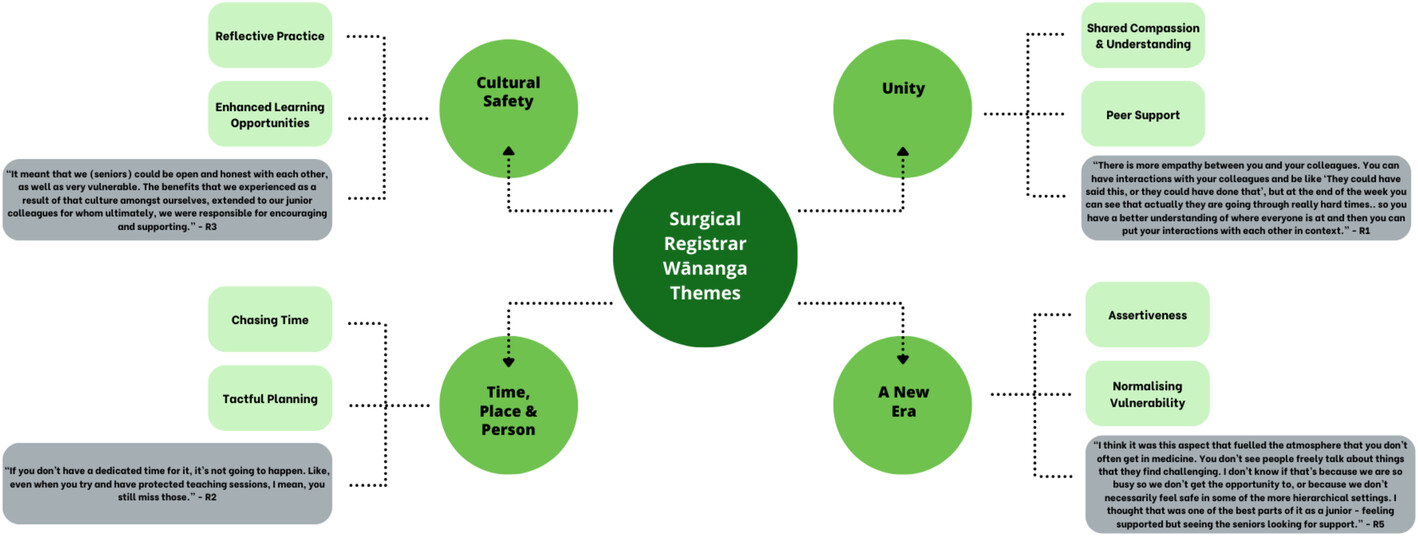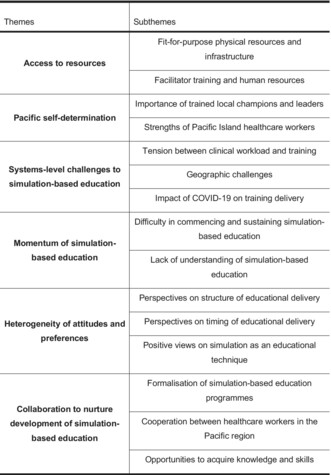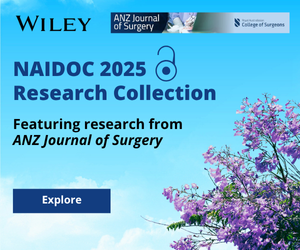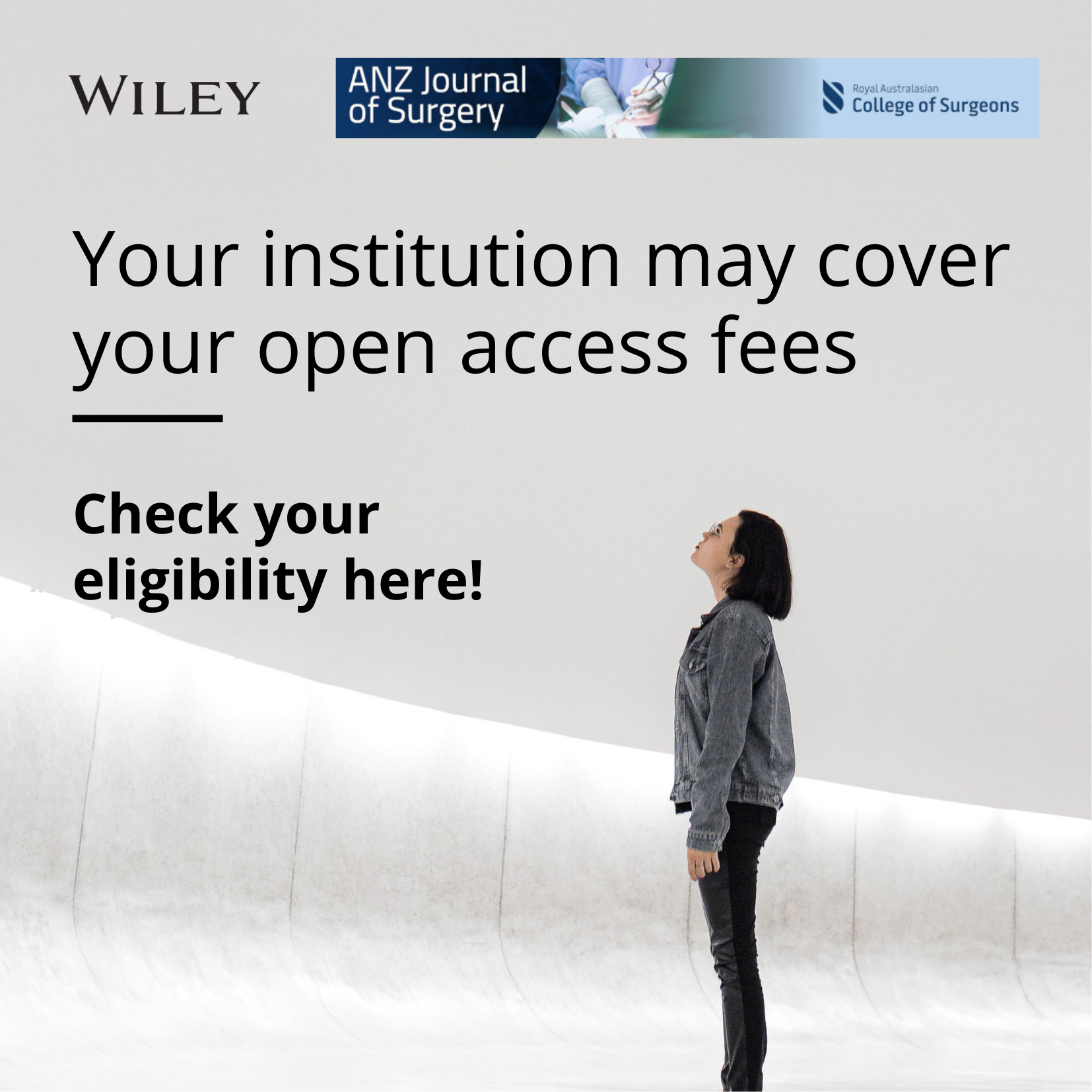Journal list menu
Export Citations
Download PDFs
ISSUE INFORMATION
EDITORIAL
Breaking barriers: addressing occupational hazards for female surgeons to achieve equitable healthcare
- Pages: 1888-1889
- First Published: 19 November 2024
Cutting the excess: tackling unnecessary orthopaedic surgeries
- Page: 1890
- First Published: 19 November 2024
PERSPECTIVE
From research to teaching: enhancing prevocational surgical training with part-time contracts
- Pages: 1891-1893
- First Published: 07 October 2024
Artificial intelligence and surgical radiology – how it is shaping real-world management
- Pages: 1894-1896
- First Published: 25 October 2024
Filling the information void for the benefit of patients: why AANZ need a population-based clinical quality registry for pancreatic cancer surgery
- Pages: 1897-1900
- First Published: 08 November 2024
Unresolved debate on surgery for deep infiltrating endometriosis of the rectum: bowel resection or a more conservative approach?
- Pages: 1901-1903
- First Published: 14 June 2024
ORATION
Where the rubber meets the road: pearls and pitfalls of implementing competency-based assessment
- Pages: 1906-1909
- First Published: 01 October 2024
REVIEW ARTICLE
Occupational hazards and pregnancy in orthopaedics: female surgeons are at increased risk of infertility and pregnancy complications
- Pages: 1910-1918
- First Published: 08 April 2024
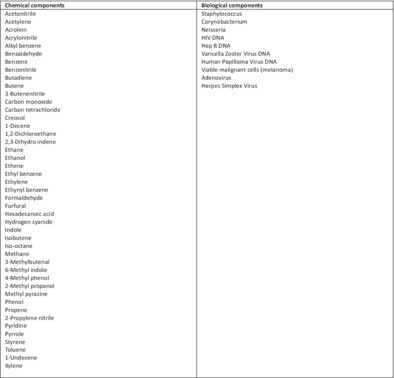
Female surgeons have increased rates of infertility and pregnancy complications compared to the general population. This review summarises the available evidence as it relates to specific occupational hazards that face health workers in an orthopaedic operating theatre. This information, while targeted at orthopaedic health workers, is also relevant to anaesthetists, radiographers, nursing staff, medical device company representatives and female surgeons in other specialties.
Unnecessary care in orthopaedic surgery
- Pages: 1919-1924
- First Published: 25 July 2024
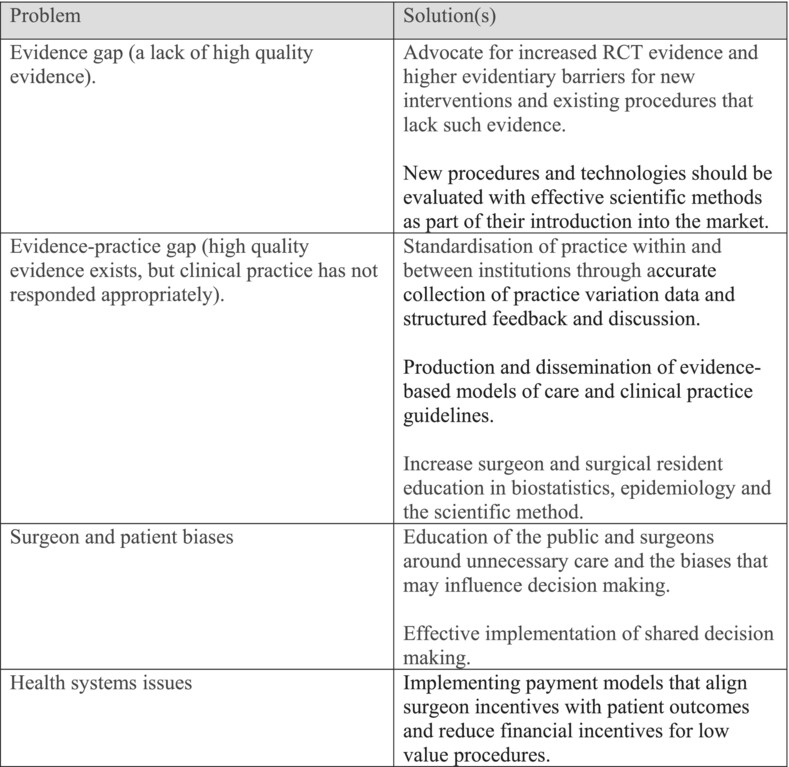
Unnecessary care, where the potential for harm exceeds the potential for benefit, is widespread in medical care including orthopaedic surgery. Solutions include increasing awareness of the problem, aligning financial incentives with high value care and away from low value care, and demanding low bias evidence where none exists.
Understanding immune-mediated titanium allergy to in situ orthopaedic implants: a narrative review of the current literature
- Pages: 1925-1934
- First Published: 25 July 2024
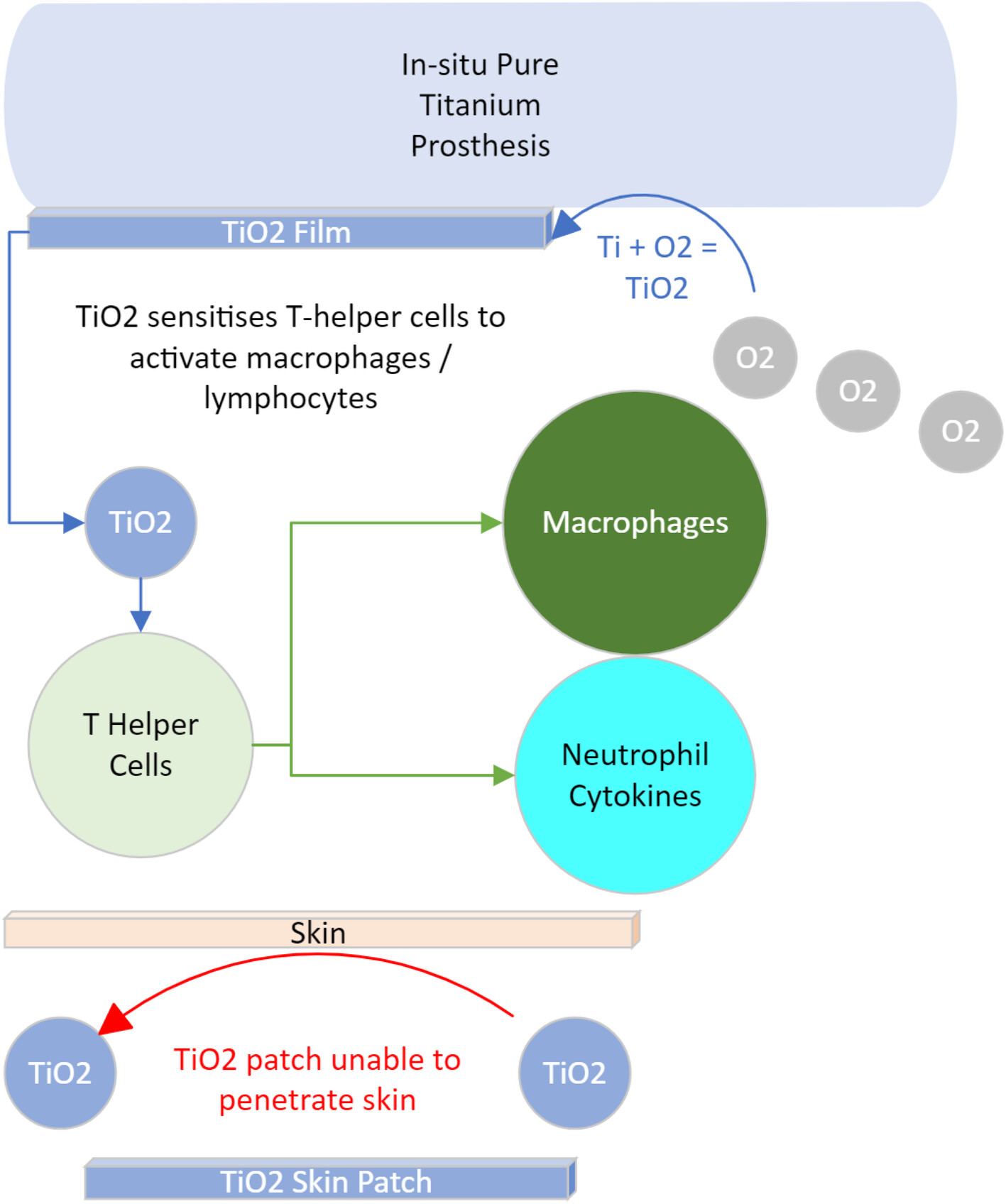
Titanium is commonly used as a pure metal or as part of an alloy for a range of medical implants. In orthopaedic surgery, this includes trauma and joint replacement components. This article explores immune-mediated reactions to titanium and the evidence-based underpinning its claim as a hypoallergenic option.
An invisible knife to add to your toolkit: a narrative review of how podcasts have audibly shaped, styled, and sharpened surgical education
- Pages: 1935-1941
- First Published: 22 October 2024
ORTHOPAEDIC SURGERY
Non-tuberculous mycobacterial bone and joint infections – a case series from a tertiary referral centre in Australia
- Pages: 1942-1948
- First Published: 20 October 2024
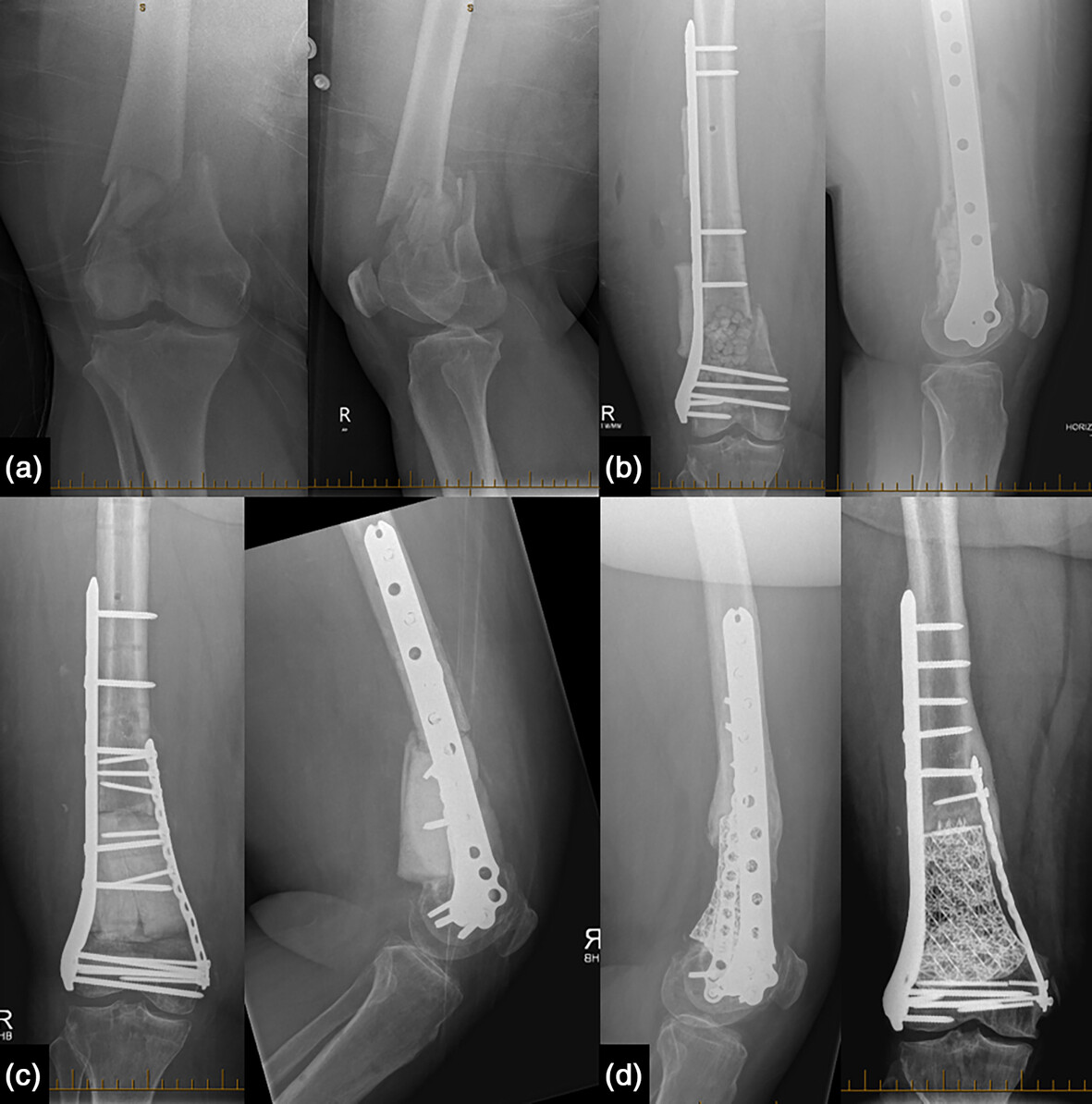
Bone and joint infections (BJI) caused by non-tuberculous mycobacteria (NTM) are rare and there is a paucity of evidence on which to base management decisions. In this series of seven cases of NTM BJI, complications related to antimicrobial therapy were common, however, all patients were infection free at their latest follow up. The results of this paper suggest that routinely ordering mycobacterial culture is of low yield and there is potential for shorter-term oral antimicrobial treatments.
Standard of care and outcomes for Māori patients with neck of femur fractures – an Australia & New Zealand Hip Fracture Registry (ANZHFR) study
- Pages: 1949-1955
- First Published: 23 August 2024
Subchondral curettage cement packing in the distal radius causes wrist joint degeneration: long-term evaluation of distal radius giant-cell bone tumour
- Pages: 1956-1962
- First Published: 01 November 2024
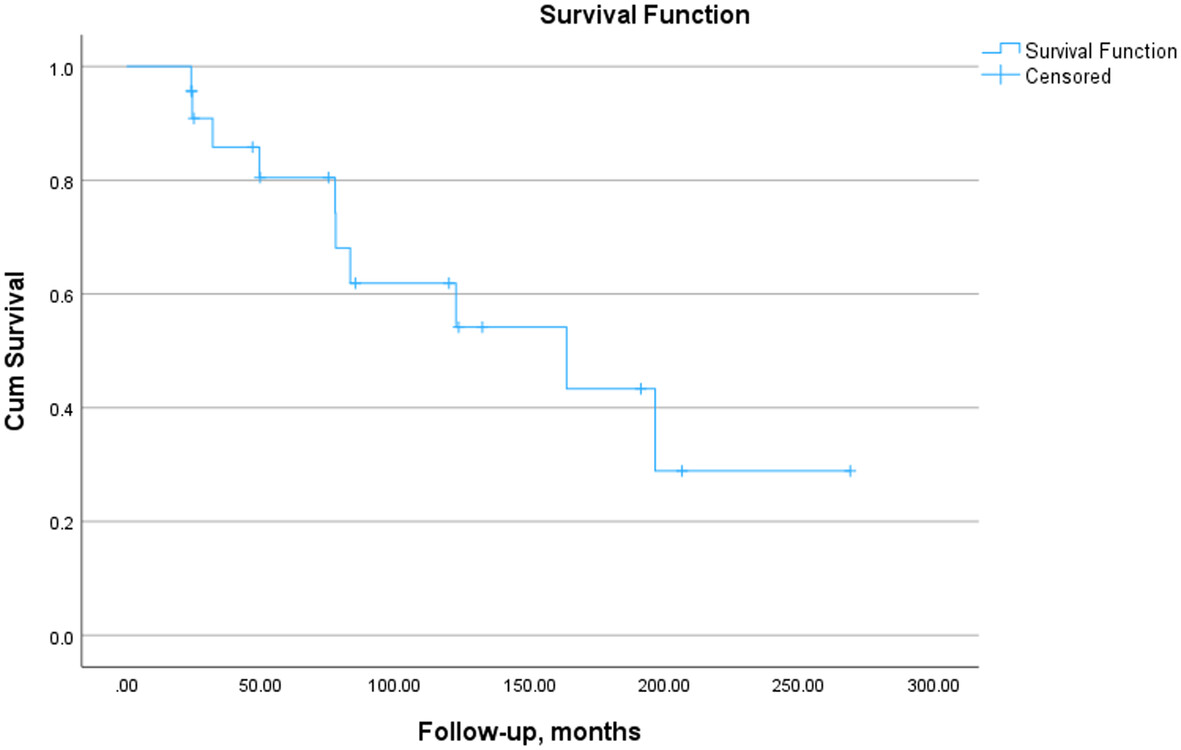
This study investigated wrist joint degeneration after curettage and PMMA treatment for giant cell bone tumours (GCBT) at the distal radius. Ten of 23 patients developed wrist joint degeneration over an average follow-up period of 8 years, and no particular factors associated with the degeneration were identified.
Anteroposterior cervical spine canal diameter: exploring ethnic variation between European and Polynesian populations
- Pages: 1963-1970
- First Published: 10 August 2024
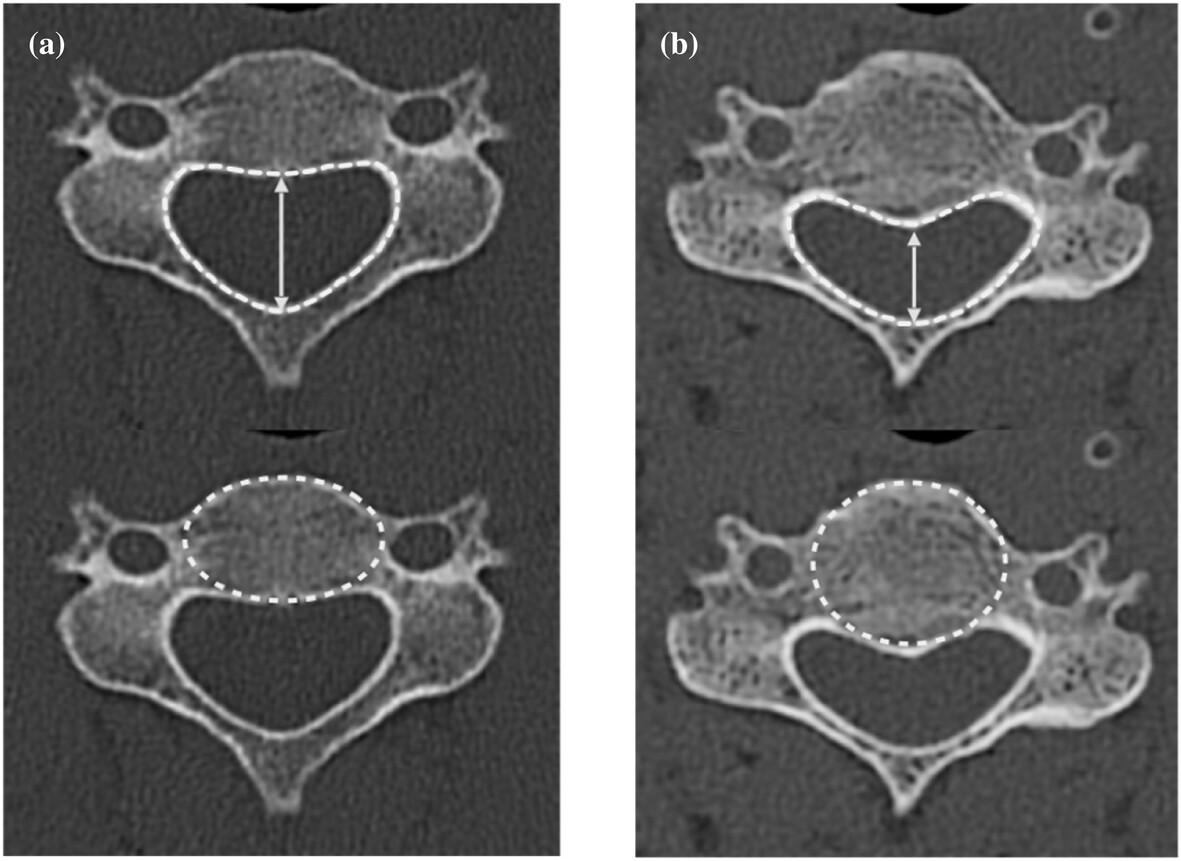
Through retrospective radiographic analysis of CT data using 645 vertebrae from 129 normal trauma CT scans, we find individuals of Maori and Polynesian descent to have narrower cervical spine canals than their New Zealand European counterparts. This has implication regarding the definition of congenital stenosis and may predispose these ethnic groups to spinal cord pathology.
TRAUMA SURGERY
Management and outcomes of splenic injuries secondary to blunt trauma in patients presenting to major trauma hospitals in Aotearoa New Zealand
- Pages: 1971-1977
- First Published: 18 June 2024
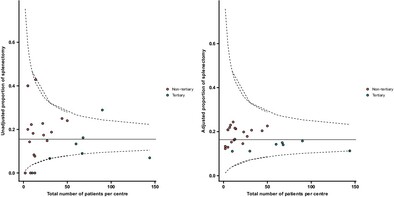
This study investigated the management of splenic injuries in patients who sustained major trauma in Aotearoa New Zealand. It found a difference in the management of splenic injuries between tertiary and non-tertiary major trauma hospitals; predominantly due to a higher rate of operative management in patients with severe injuries at non-tertiary major trauma hospitals.
A clinical observation algorithm for anterior abdominal stab wound is safe in an Australian setting
- Pages: 1978-1982
- First Published: 04 July 2024
Lithium-ion battery related burns and emerging trends: a retrospective case series and data analysis of emergency presentations
- Pages: 1983-1989
- First Published: 28 August 2024
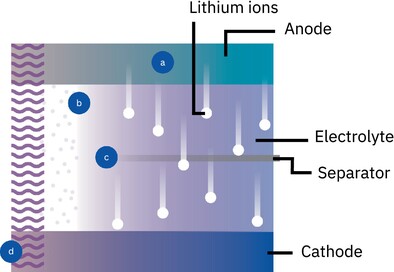
This paper presents a case series of lithium-ion battery-related burns presenting to the Professor Stuart Pegg Adult Burns Centre at the Royal Brisbane and Women's Hospital. Additionally, we provide a retrospective data analysis of emergency department presentations for lithium-ion battery-related burns or blast injuries collated by the Queensland Injury Surveillance Unit. The study describes the rise in severe burns resulting from lithium-ion battery explosions and highlights a need for primary prevention through design, technological, and behavioural strategies to mitigate these injuries.
A 12-year retrospective analysis of non-operative management for paediatric duodenal hematomas caused by trauma at a single center
- Pages: 1990-1994
- First Published: 19 September 2024
A 12-month retrospective cohort study investigating the incidence and short-term outcomes of e-scooter injuries in regional Western Australia
- Pages: 1995-1999
- First Published: 16 August 2024
SURGICAL EDUCATION AND TRAINING
Pointing to success: a discussion of the role of professional achievements in the selection of specialist surgical trainees
- Pages: 2000-2006
- First Published: 01 October 2024

This study evaluates the role of professional achievements in CV scoring criteria for medical and surgical specialty training programs in Australia and New Zealand. The study explores variations, predictive validity, standardization, and potential biases. Findings reveal significant challenges in standardization and implicit biases affecting diversity and career advancement.
Inaugural Australian urology bootcamp for early-career medical officers: improving knowledge, skills, and confidence to prepare for registrar years
- Pages: 2007-2012
- First Published: 29 October 2024
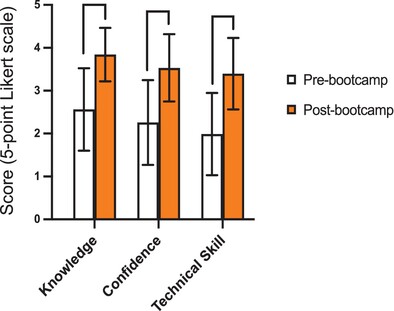
Surgical bootcamps provide hands-on learning opportunities for junior doctors and trainees in low-pressure, non-clinical environments. In the first urology bootcamp in Australia, we aimed to assess participants’ knowledge, technical skills, and confidence in managing urological conditions pre- and post-bootcamp. The bootcamp improved self-perceptions of knowledge, confidence, and technical skill and the bootcamp was useful or very useful to all early-career medical officers in furthering their urological training.
A qualitative evaluation of rural and provincial surgery wānanga to enhance cultural safety among surgical registrars in Taranaki, New Zealand
- Pages: 2013-2020
- First Published: 16 August 2024
Simulation-based education in the Pacific Islands: educational experience, access, and perspectives of healthcare workers
- Pages: 2021-2029
- First Published: 28 August 2024
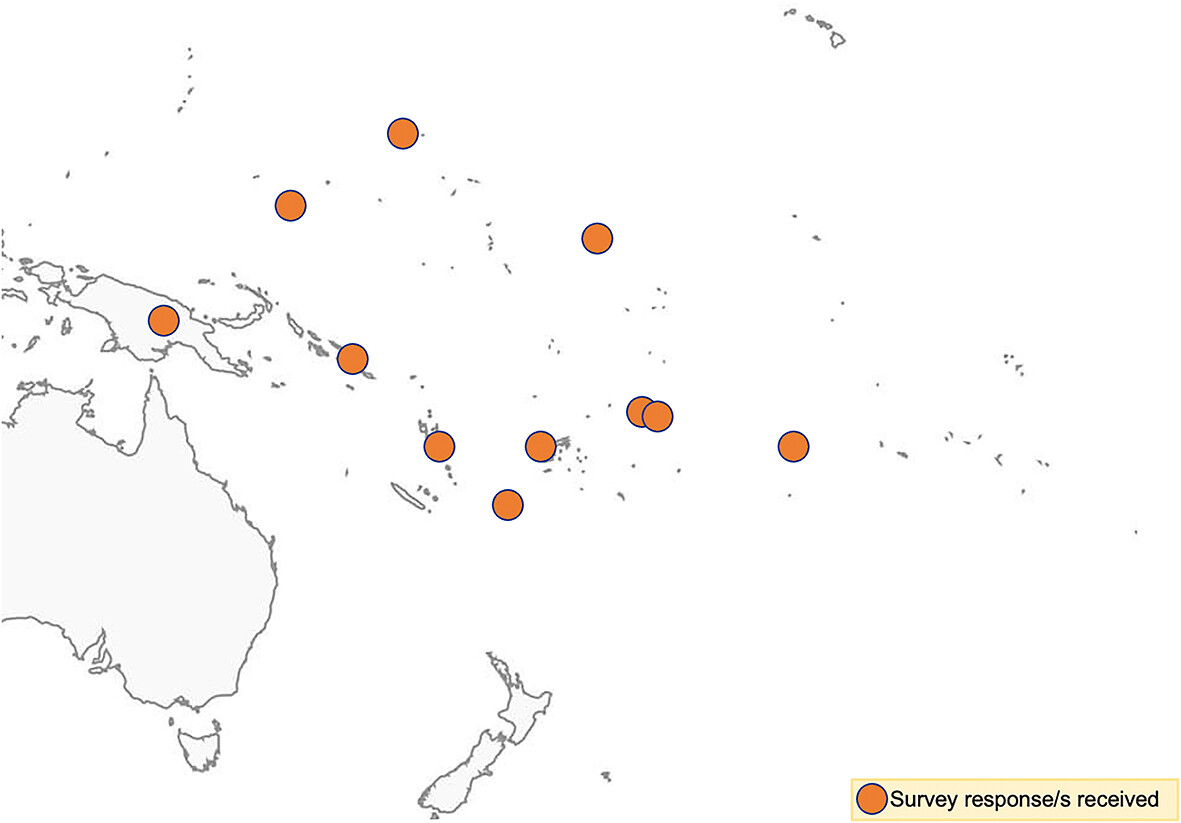
The aim of this study was to determine Pacific Island health workers' experiences, perspectives and access to simulation-based education. Fifty-six clinicians working in 11 Pacific Island countries reported experience with scenario-based simulation (73%), mannequins (71%), and simulated patients (61%). Interest in further simulation-based education was reported by most participants (96%).
“I've yet to meet anyone who's not keen for simulation” – a qualitative study of simulation-based education in the Pacific Islands
- Pages: 2030-2037
- First Published: 25 July 2024
COLORECTAL SURGERY
Financial implications of sarcopenia in colorectal cancer surgery: a cost analysis in an Australian public hospital
- Pages: 2038-2046
- First Published: 12 September 2024
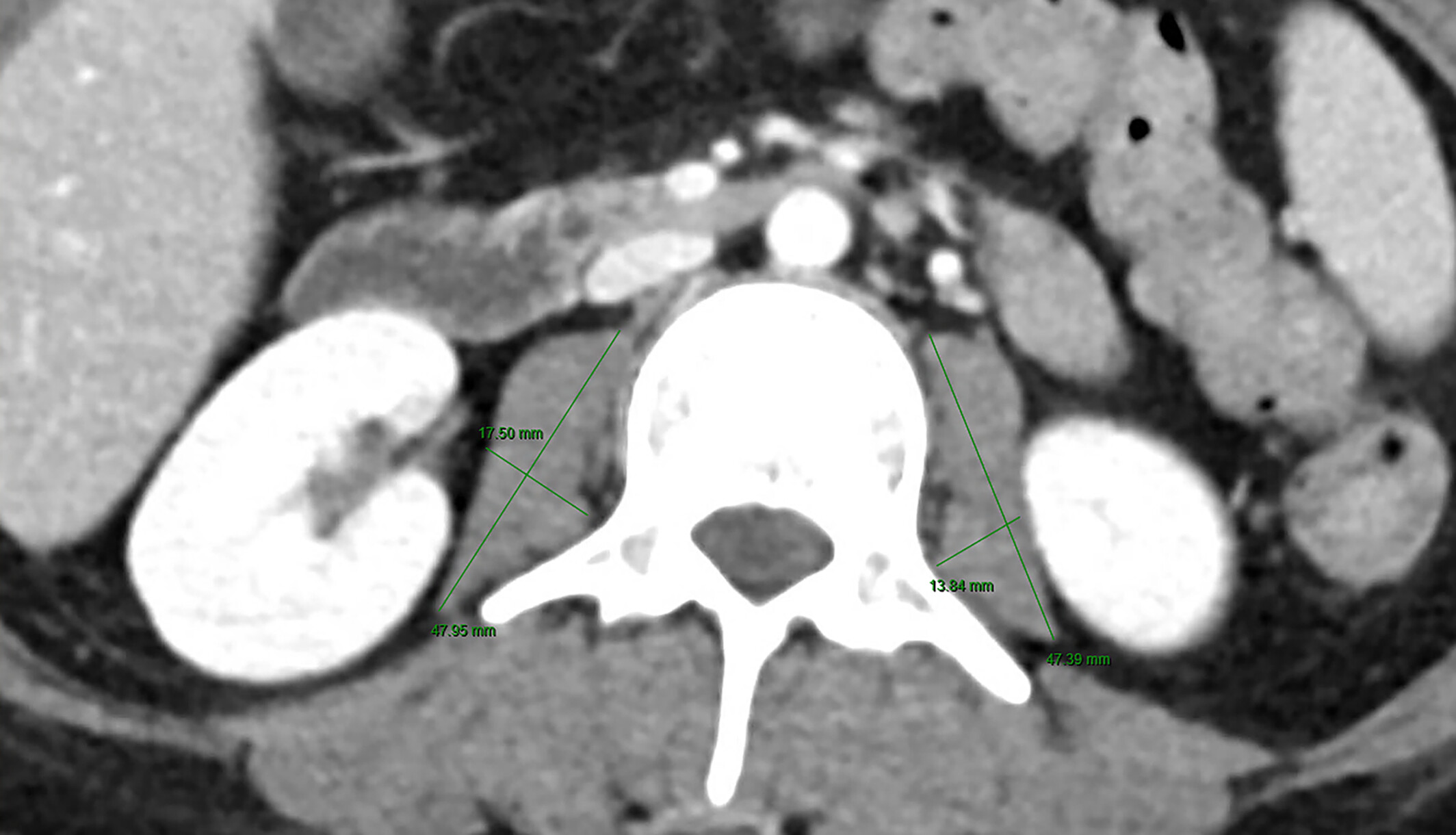
This 271-patient study investigates the financial impact of sarcopenia in colorectal cancer surgery patients from a single Australian institution. Sarcopenia was assessed using psoas area measurements, which were determined from preoperative computed tomography scans. Sarcopenia was not predictive of an increase in total hospital cost (AU$37 712 vs. $34 845, P = 0.296).
Serving Queensland: reflecting on geographical access to the pelvic exenteration service in Queensland
- Pages: 2047-2052
- First Published: 11 October 2024
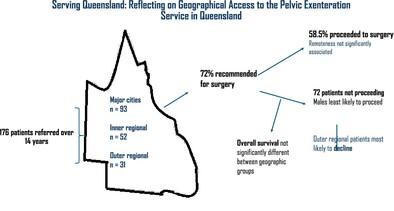
Pelvic exenteration is cancer involves a radical multi-visceral resection to improve complete surgical clearance, and access is limited within Queensland. Over a 14-year period, 176 patients were referred through the service, increasingly from regional areas, the majority of whom were recommended for surgery. Geographical remoteness was not associated with overall survival, but patients from outer regional areas were more likely to decline, implying a gap in logistical support for these patients to access oncological care.
Haemorrhoid artery ligation – recto anal repair (HAL-RAR) blind versus Doppler: a systematic review and meta-analysis
- Pages: 2053-2061
- First Published: 28 October 2024
Micropapillary pattern in colorectal cancer: an Australian multicentre experience
- Pages: 2062-2065
- First Published: 12 October 2024
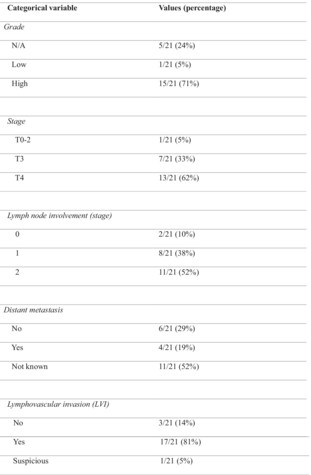
This is the first study to describe MPC in colorectal cancer in an Australian population. This study found that MPC is associated with high risk features in colorectal cancer in South Western Sydney area during a 6 year period. This is an emerging subgroup of colorectal cancer that is found to be more aggressive with high risk features and poor outcome, and its identification may have the potential to guide management/ for a better outcome.
HOW I DO IT
How to perform duodenojejunostomy in addition to Roux-en-Y reconstruction following total gastrectomy to facilitate future duodenal surveillance
- Pages: 2066-2067
- First Published: 10 April 2024
IMAGES FOR SURGEONS
Rare presentation and management of patent large vertical vein in adulthood
- Pages: 2068-2069
- First Published: 23 August 2024
Low-grade mucinous neoplasm arising from a recurrent mature sacrococcygeal teratoma
- Pages: 2070-2072
- First Published: 23 August 2024
Pneumatosis cystoides intestinalis – an endoscopic rarity
- Pages: 2073-2074
- First Published: 23 October 2024
Management of ileoanal J-pouch bridge by transanal endoscopic assisted stapled septotomy
- Pages: 2075-2076
- First Published: 29 August 2024
Idiopathic colonic and small bowel varices: a rare endoscopic finding
- Pages: 2077-2078
- First Published: 04 September 2024
Spontaneous regression of extensive colorectal cancer peritoneal metastases: first you see it, then you do not
- Pages: 2079-2080
- First Published: 19 September 2024
Patience is key for the surgeon in the management of a large haemorrhagic phaeochromocytoma with cardiomyopathy
- Pages: 2081-2083
- First Published: 30 September 2024
Cystic pancreatic neuroendocrine tumour (cPNET): a diagnostic conundrum
- Pages: 2084-2086
- First Published: 01 October 2024
LETTER TO THE EDITOR
Re: Influence of the type of anatomic resection on anastomotic leak after surgery for colon cancer
- Page: 2087
- First Published: 04 September 2024
Jejunogastric intussusception: operative approach and decision making
- Page: 2088
- First Published: 17 October 2024




